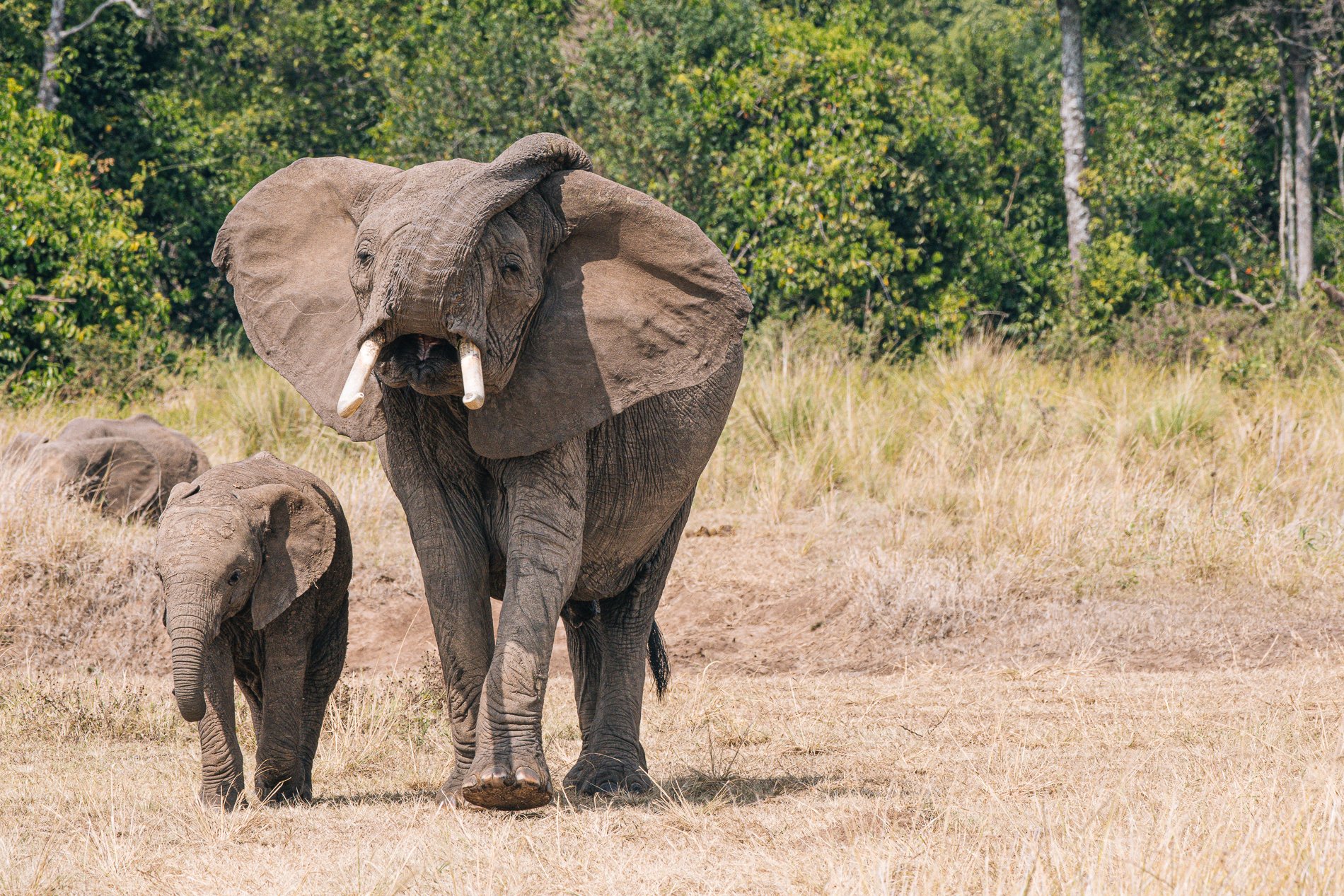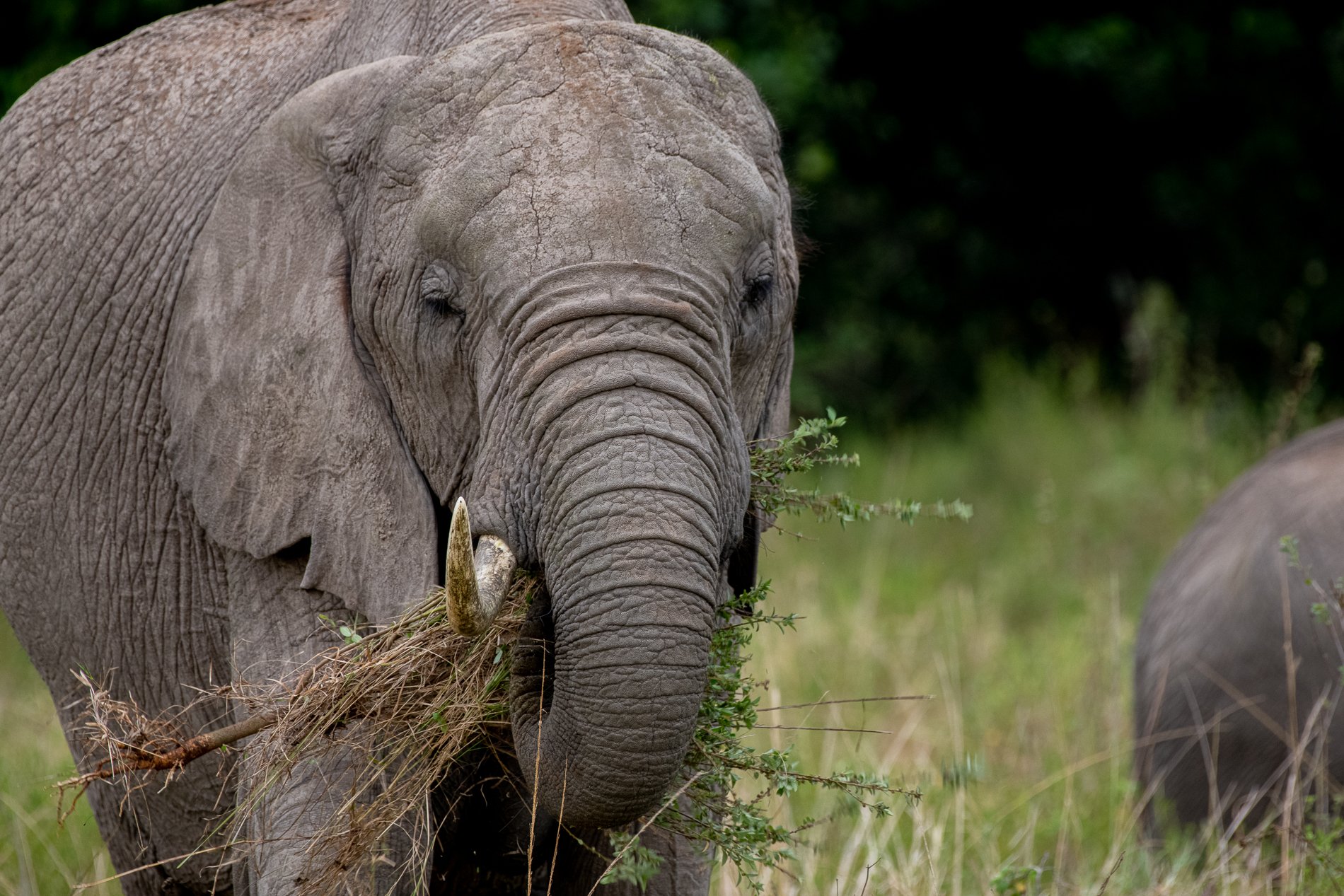“Loxodonta Africana”
My next blog was going to be about what I have come to the conclusion is the most beautiful big cat in Africa, the leopard. But I decided I needed to start with my favorite animal on earth (besides by pups) the African Elephant, Loxodonta Africana. Thought I would get fancy, sound smart & use their the scientific name 😉.
Ahhhhh. That is the feeling you get when you are surrounded by the elephant going about its day, feeding and meandering through the long grass. I have been thinking about how to describe it and I decided it is like the feeling you get after an awesome yoga session and you are totally relaxed during the savanna at the end of class. The elephants gave me a sense of overwhelming peace and clarity in my soul. Sounds crazy I know! But it’s true yo!
For me my elephant images were the most difficult images for me to develop. How do I develop theses photos so the viewer understands how amazing these animals are? I guess until you are in their presence unfortunately you really don’t understand the magnitude of theses gentle giants. Well, I did my best & I hope you enjoy them!
The African elephant is smart, emotional, self-aware and highly social creatures.
Here are some fun fact about the elephant:
They are the world’s largest land animals.
Elephant herds are led by the oldest female in the herd. She has the most experience and is generally the Matriarch of the herd.
They have about 40,000 separate muscles in their trunks. An elephant’s trunk acts as its mouth, nose and hands all in one.
An elephant never forgets! The elephant's temporal lobe (the area of the brain associated with memory) is larger and denser than that of people.
Their tusks are actually teeth.
They can live to the age of 70.
Communication includes a range of vocalizations, from low-frequency rumbles, known as infrasound, which humans can’t hear, to higher-pitched screams and trumpets. Other elephants can hear these vocalizations as much as six miles away.
Elephants need to eat between 330 – 550 pounds of food every single day!
The sad reality of the life of an elephant:
Decades of poaching and human conflict have since decimated African elephant populations. Around 90% of African elephants have been wiped out in the past century - largely due to the ivory trade - leaving an estimated 415,000 wild elephants alive today.
Elephants in the wild have one of the largest home ranges, often walking up to 40 miles each day. This is just one of the many reason why elephants should never be held captive in a zoo, circus or another commercial venue.
Well after seeing hundreds of elephants on our trip, this mama walked out of the forest and I immediately fell in love with her. Those floppy oversized ears, that one tusk and those soft, wise eyes. This girl I will never forget.
It was truly a dream come true and a privilege to spend time with these gentle giants. I will never take it for granted and will surely never forget.









